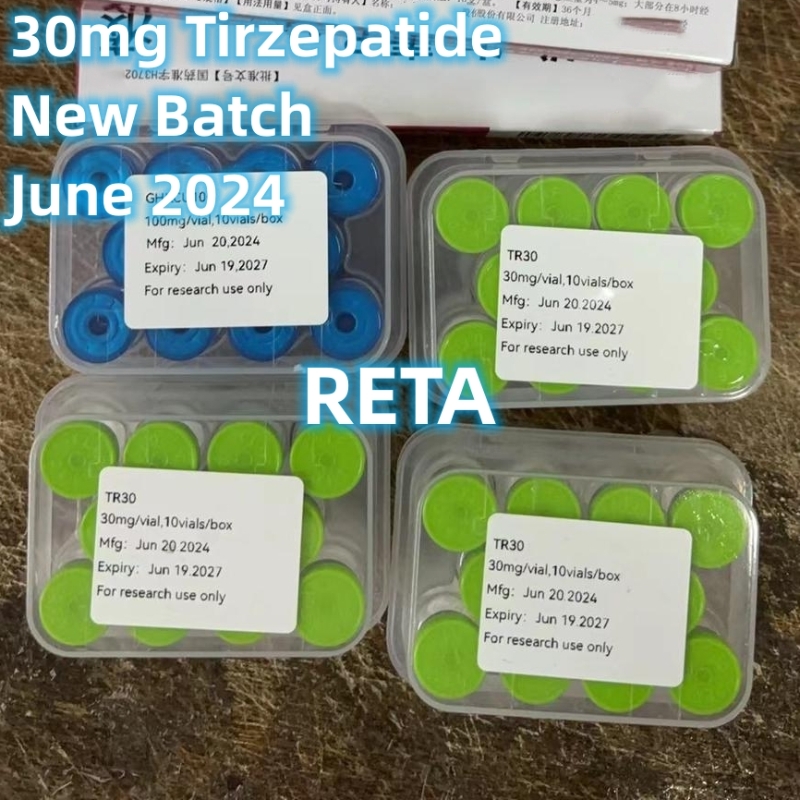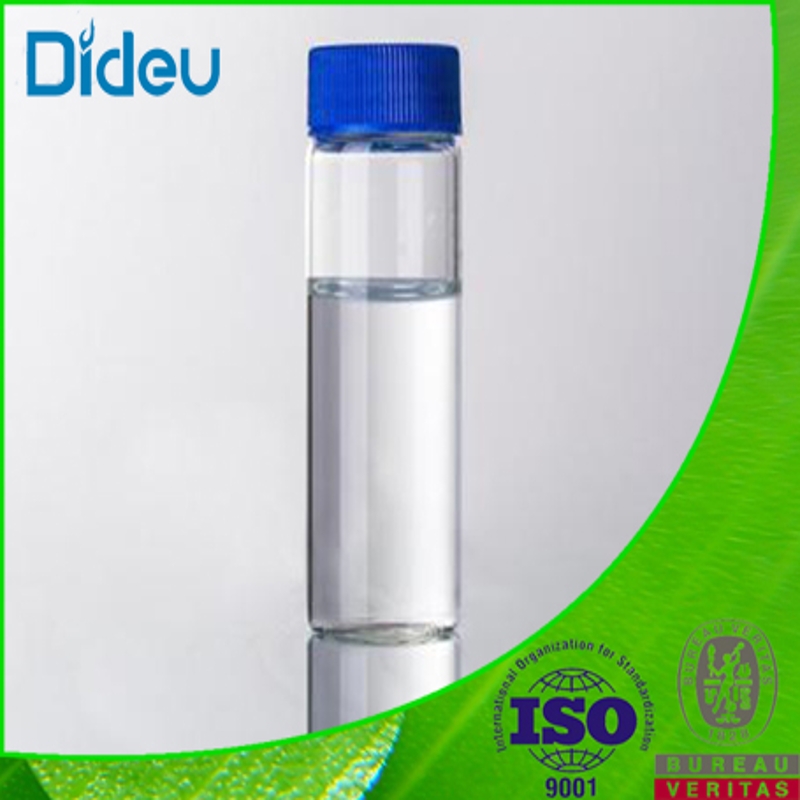-
Categories
-
Pharmaceutical Intermediates
-
Active Pharmaceutical Ingredients
-
Food Additives
- Industrial Coatings
- Agrochemicals
- Dyes and Pigments
- Surfactant
- Flavors and Fragrances
- Chemical Reagents
- Catalyst and Auxiliary
- Natural Products
- Inorganic Chemistry
-
Organic Chemistry
-
Biochemical Engineering
- Analytical Chemistry
-
Cosmetic Ingredient
- Water Treatment Chemical
-
Pharmaceutical Intermediates
Promotion
ECHEMI Mall
Wholesale
Weekly Price
Exhibition
News
-
Trade Service
Compared with policies such as catalogue negotiation and centralized procurement, the implementation of DRG, DIP and other medical insurance payment reforms has an indirect impact on drug prices, but the continuous impact is far-reaching
.
Judging from the situation of the existing pilot hospitals in the Chinese market, the overrun of drugs and consumables is relatively obvious, and there is a large room for compression in the future
The impact is indirect, but the lasting impact is far-reaching
Compared with other countries, Japan's DPC model is relatively loose to hospitals.
Not only can hospitals join voluntarily (all other countries are compulsory), but its price calculation method is also beneficial to hospitals
.
The Japanese government officially launched DPC/PDPS (Diagnosis Procedure Combination Per-Diem Payment System) in 2003
.
DPC/PDPS refers to the diagnostic procedure grouping/daily payment system.
As of 2019, the number of DPC groups is 4955, of which only 4296 are paid according to DPC, and the rest are still paid according to the project
.
The number of hospitals that joined the DPC was 1,730 with a total of 490,000 beds, accounting for 54.
Although Japan's DPC does not cover all hospitals, because DPC package payment sets a cap price for each operation, this promotes the substitution of generic drugs for DPC inpatient drugs in Japan
.
According to the data on the use of generic drugs released by the Ministry of Health, Labour and Welfare in March 2021, the proportion of generic drugs used in DPC hospitals is the highest among all categories, even higher than the out-of-hospital retail pharmacies that are mandated by policies to replace generic drugs
.
At the national level, the average is 80.
Chart: Generic Drug Substitution Ratio of Various Types of Institutions in Japan in 2020
Chart: Generic Drug Substitution Ratio of Various Types of Institutions in Japan in 2020
Data source: Japanese Ministry of Health, Labour and Welfare, Latitude Health analysis
If we look at various regions, the regions with high substitution rate of DPC inpatient generic drugs have correspondingly higher substitution rates of outpatient and prescription retail , which means that the medication habits of the whole region have changed significantly at the same time
.
Conversely, if DPC inpatient generic substitution rates are low, outpatient and prescription retail substitution rates are not high either
Regions with high DPC inpatient generic substitution rates have correspondingly high outpatient and prescription retail substitution rates
From the perspective of proportion, most of the prescriptions for inpatient drugs have flowed out.
Inpatient drugs only account for 1.
7% of all drug revenue, but 17.
5% of outpatient prescriptions remain in medical institutions
.
Therefore, although DPC and prescription outflow have jointly promoted generic drug substitution, DPC is more sensitive to drug prices, and both in-hospital prescriptions and prescriptions flowing out of hospital have accelerated generic drug substitution, which is why DPC generic drug substitution is faster in regions , generic drug substitution in retail pharmacies is also fast
Since only more than 50% of hospitals and beds in Japan join DPC, this gives the market a valuable perspective to directly compare the impact of two different payment models on hospitals and medicines
.
First, the substitution rate of generic drugs in pay-per-project hospitals is much lower than that in DPC hospitals, with a gap of nearly 15 percentage points
.
This shows that the increase in the replacement rate of generic drugs in the hospitals paid by the project is more constrained by the overall policy, but it is still lower than the national average level of 80%
First, the substitution rate of generic drugs in pay-per-project hospitals is much lower than that in DPC hospitals, with a gap of nearly 15 percentage points
Second, DPC drives the outflow of inpatient prescriptions
Finally, areas with poor medical resources are more affected by DPC
.
Therefore, from the experience of the Japanese market in the above three points, there may be three changes in the Chinese market: First , after the full coverage of DRG/DIP, the prices of inpatient medicines in hospitals will continue to decline, and the substitution rate of generic drugs will continue to rise.
rose sharply
.
Second , more outpatient prescriptions in hospitals will stay in the body rather than outflow, but there is a possibility that the inpatient part will outflow, which is contrary to the current market perception and deserves continuous observation
.
Third , areas with backward medical resources, especially in the central and western regions and at the county level and below, are greatly affected by DRG/DIP, and drug sales will be more severely affected
.
On the contrary, large hospitals and eastern medical resources developed areas still have a certain buffer possibility
.
Although there is no possibility that China's DRG/DIP can transfer high-value drugs to project-based payment, the possibility of continued price hikes for complex diseases is still relatively large, which is conducive to the market maintenance of high-value consumables and drugs
.
In general, after the implementation of DRG/DIP, the continuous decline in hospitalization-related drug prices and the substitution rate of generic drugs are long-term trends , and small and medium-sized hospitals and areas with backward medical resources will be more affected
.
Considering that the separation rate of medicines in Japan has reached 80%, the prescriptions in the Chinese market are still in the hospital, and the direct impact on the market will be greater
.







